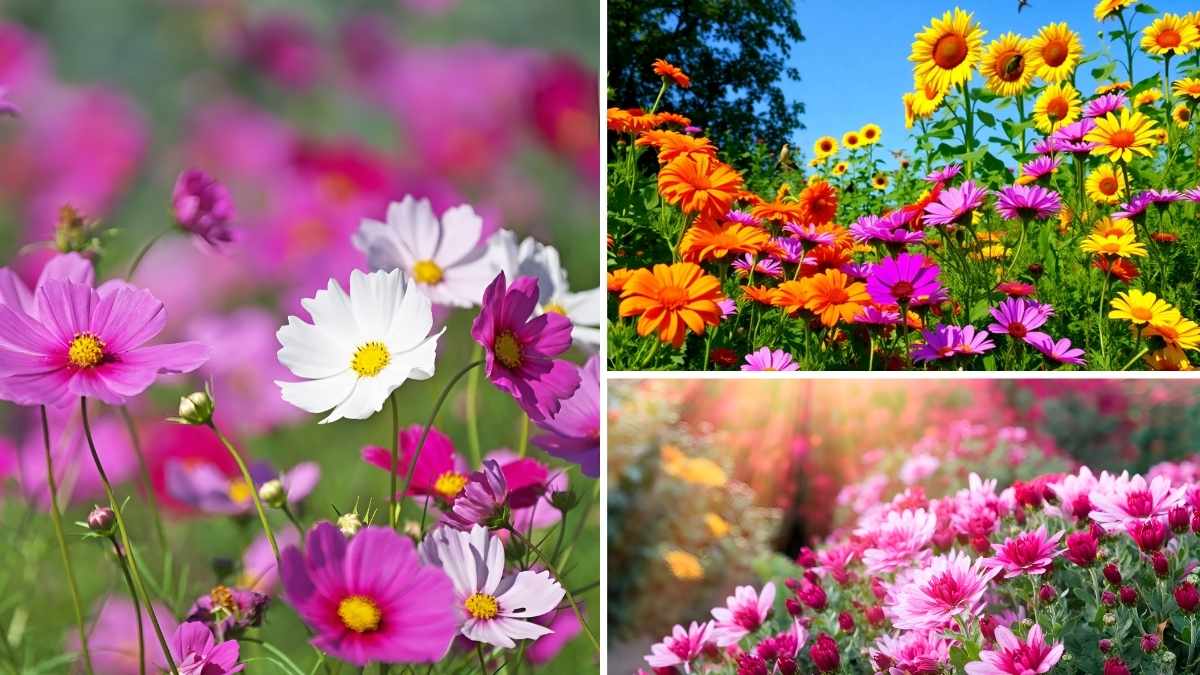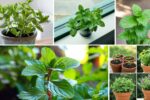Join on WhatsApp
Get the latest updates directly on WhatsApp – motivation, news & more!
As the cold days of winter fade away, there’s no better time to prepare your garden for a fresh and vibrant spring. Whether you’re a seasoned gardener or just beginning to explore the world of horticulture, certain essentials will ensure that your spring garden thrives. From the right tools to choosing the perfect plants, here’s a guide to the six must-have essentials for a blooming spring garden.
1. High-Quality Soil and Fertilizer
The foundation of any successful garden begins with the soil. Healthy soil is crucial for your plants to grow strong, bloom brightly, and resist pests. Spring is the ideal time to refresh your garden’s soil, adding organic matter to enrich its texture and fertility. Compost, well-rotted manure, or a good quality soil mix can improve drainage and aeration, both of which are essential for root health.
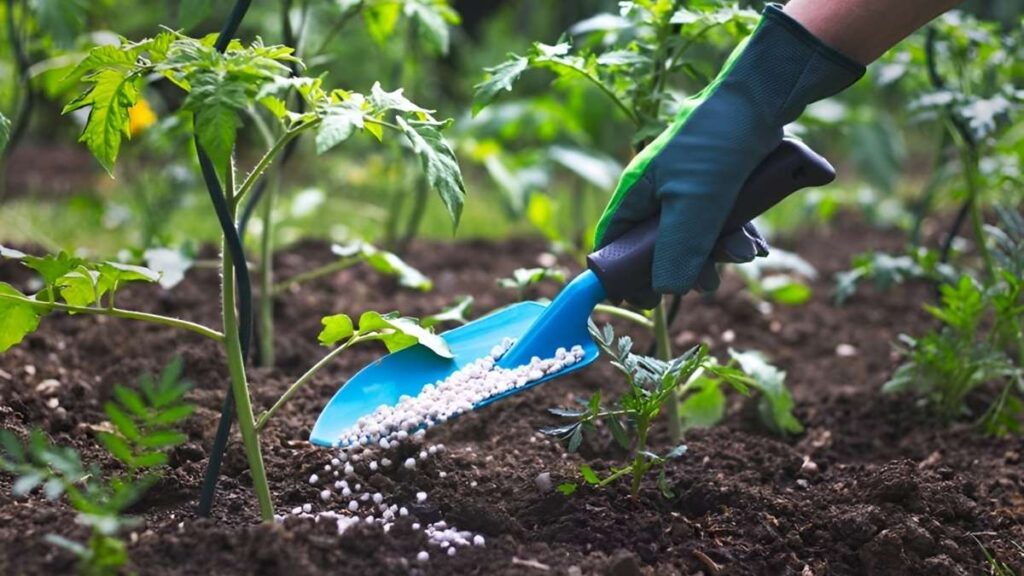
Fertilizer is equally important, as it supplies your plants with essential nutrients. Organic fertilizers, such as composted fish emulsion or organic granular fertilizers, provide slow-release nourishment. If you prefer synthetic options, look for a balanced fertilizer (with equal parts nitrogen, phosphorus, and potassium) to ensure optimal growth. Apply these nutrients early in the spring, and again during the growing season, to ensure your plants receive everything they need to flourish.
2. Essential Gardening Tools
Every gardener needs the right tools to work efficiently and effectively. Investing in a few high-quality gardening tools can save you time and effort, as well as improve the overall success of your garden. Here are some tools you should have on hand:
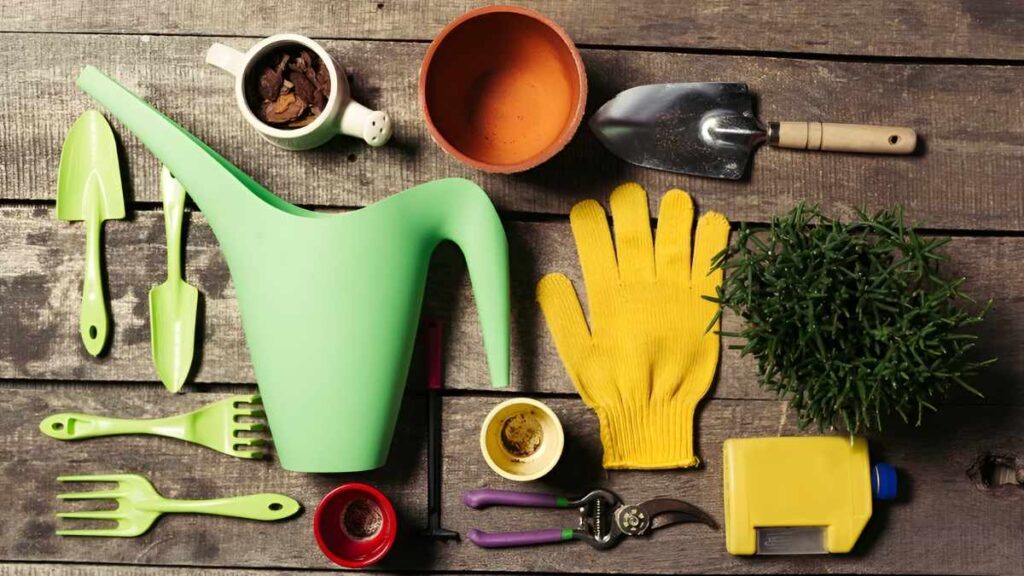
- Trowel: A small, versatile tool for digging holes, transplanting seedlings, and breaking up soil.
- Pruning Shears: These are necessary for trimming back dead or diseased branches, as well as shaping plants to promote healthy growth.
- Garden Fork: A fork helps aerate the soil and break up clumps, making it easier to plant and incorporate organic matter.
- Watering Can or Hose: Whether you prefer a handheld watering can for smaller beds or a hose for larger plots, a reliable watering system is essential for keeping your garden hydrated.
- Gloves: Protect your hands from thorns, dirt, and chemicals with a durable, comfortable pair of gloves.
Having these tools at your disposal will make gardening tasks much more manageable, allowing you to focus on nurturing your plants instead of struggling with poor-quality or inappropriate equipment.
3. Suitable Plants for Your Climate
When selecting plants for your spring garden, it’s important to choose varieties that are well-suited for your local climate. Not all plants thrive in every environment, and planting species that are adapted to your area will help ensure that they grow strong and vibrant. Research your region’s hardiness zone and choose plants that are known to perform well in that zone.
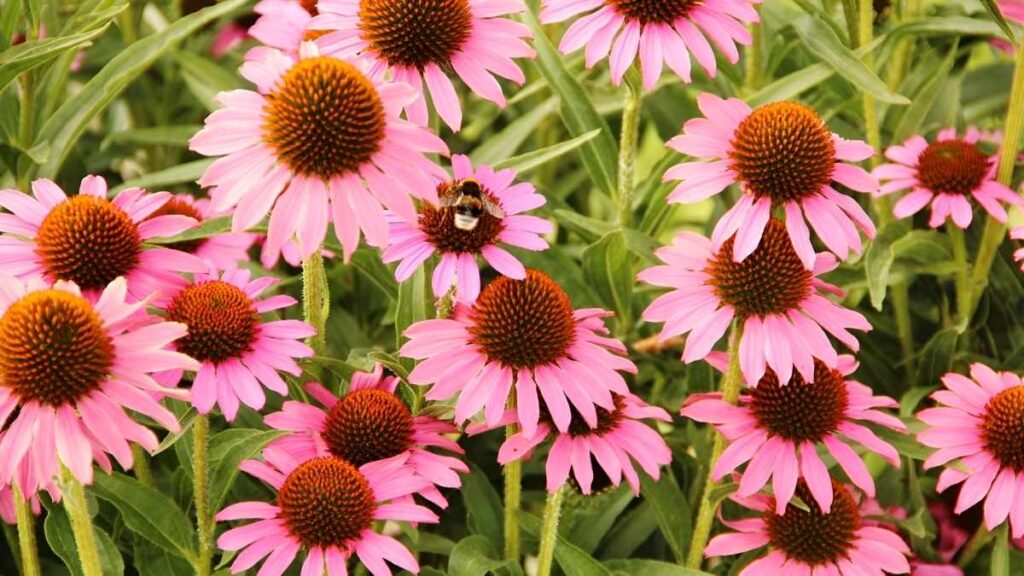
Spring is a wonderful time to plant both flowers and vegetables. For flowers, consider varieties such as tulips, daffodils, and crocuses for early color. For a longer bloom period, try adding roses, peonies, or lavender to your garden. If you’re planting vegetables, spring is perfect for starting crops like lettuce, peas, spinach, and radishes.
You may also want to consider native plants, which are adapted to the local environment and are more likely to thrive with minimal care. Native plants often require less water and are more resistant to pests and diseases, making them an excellent choice for low-maintenance gardening.
4. Mulch for Moisture Retention and Weed Control
Mulch is one of the best tools for maintaining a healthy spring garden. Not only does it provide a neat and tidy look, but it also helps to retain moisture in the soil, suppress weeds, and regulate soil temperature. During the hot days of spring and summer, mulch helps prevent water from evaporating too quickly, ensuring your plants get the hydration they need.
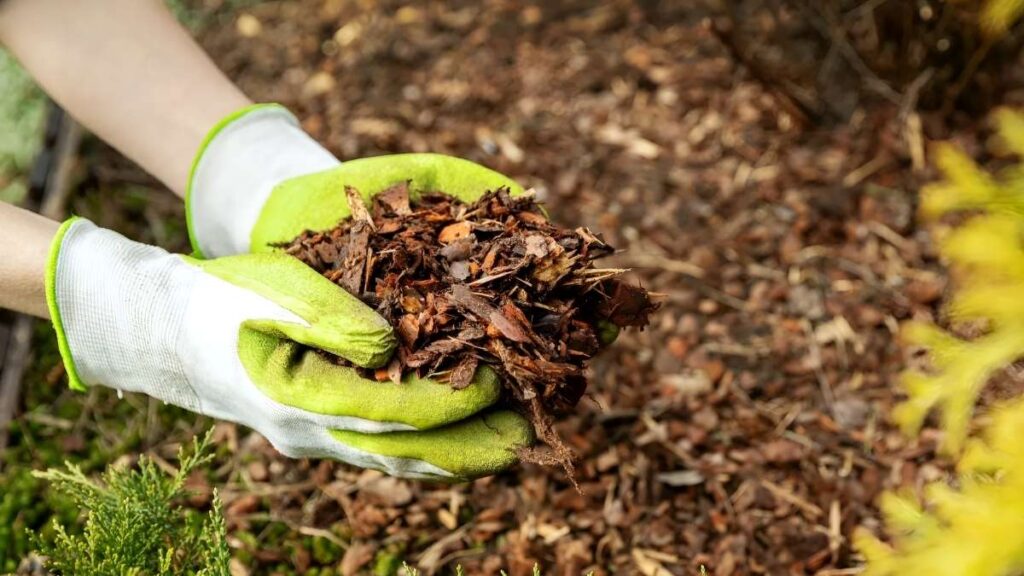
There are several types of mulch to choose from, each with its benefits. Organic mulches, like wood chips, straw, and leaf litter, break down over time and enrich the soil. If you prefer something low-maintenance, inorganic mulches like gravel or rubber chips can be a good option for paths and around perennial plants. Spread a thick layer of mulch—about 2 to 4 inches—around your plants, making sure to keep it away from the base of the stems to prevent rot.
5. Quality Watering System
Proper watering is essential to the health of your spring garden, especially as the temperatures rise. A consistent watering schedule is crucial, but how you water is just as important as how often. Overwatering or underwatering can both lead to plant stress and poor growth.
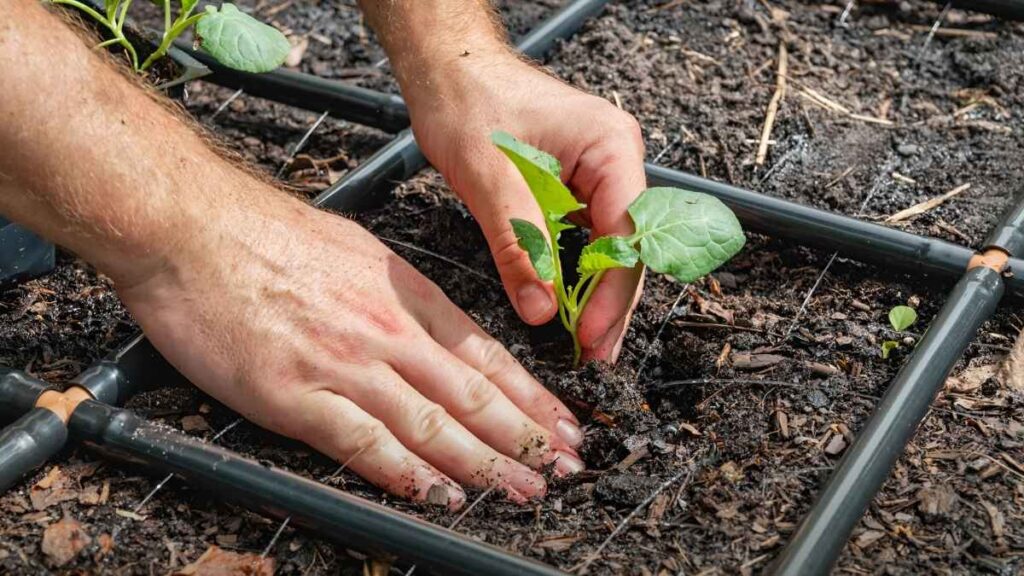
A good watering system can make your life much easier. Drip irrigation systems are highly efficient, delivering water directly to the root zone without waste. If you have a small garden, a simple soaker hose or watering can may be enough to meet your needs. Consider the size of your garden, the types of plants you have, and the climate when deciding on your watering method.
To conserve water, water your garden in the early morning or late evening to minimize evaporation. Always water at the base of the plants rather than from above to reduce the risk of fungal diseases.
6. Garden Pest Control
Spring is a season of growth, but it’s also a time when pests begin to emerge. Whether it’s aphids, snails, or rabbits, unwanted guests can quickly destroy your hard work if you’re not prepared. A proactive approach to pest control can help protect your plants without resorting to harmful chemicals.
Start by inspecting your plants regularly for signs of pests. Look for discolored or damaged leaves, holes, or small bugs on the undersides of leaves. For organic pest control, try options like neem oil, insecticidal soap, or homemade garlic sprays to deter insects. Companion planting—growing plants that naturally repel pests—can also be effective. For example, planting marigolds can help keep aphids away from your vegetables.
If you have a larger pest problem, consider using physical barriers like row covers to keep insects and animals out of your garden. If deer are a problem, installing a sturdy fence may be necessary to keep them from nibbling on your plants.
Conclusion
A blooming spring garden is a beautiful and rewarding sight, but achieving that vibrant display of flowers and vegetables requires some preparation and essential tools. By investing in high-quality soil, selecting the right plants, using effective pest control, and maintaining a consistent watering system, you’ll be well on your way to creating a thriving spring garden.
Whether you’re planting flowers for a colorful landscape or vegetables for a bountiful harvest, the right planning and care will ensure that your garden flourishes all season long. So, roll up your sleeves, get your hands in the dirt, and enjoy the process of nurturing your garden into a blooming masterpiece this spring.

